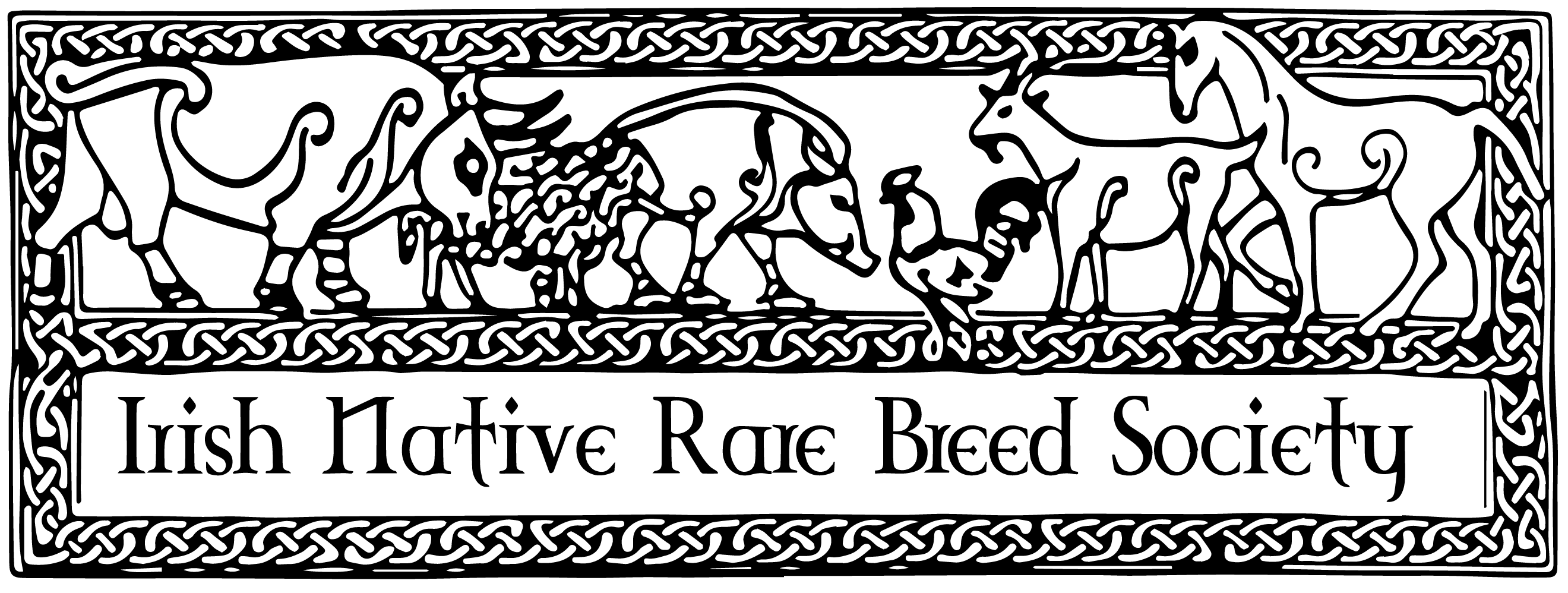Blackface Mountain Sheep
Status:
Non-Indigenous
Key Characteristics
Blackface Sheep are a hardy upland breed that have been bred to tolerate the cold, wind and rain in mountainous areas of the UK and Ireland. The ewes are noted for their good mothering ability. They are smaller and hardier than lowland sheep breeds. Both the rams and ewes are horned. As the name suggests they have black or black-and-white faces and legs with a long coarse fleece. There are several strains of the black face in the UK and Ireland, in Ireland the most common are the Mayo/Connemara type, Kerry Blackface and the Waterford and Donegal types which are very similar to the Perth strain in Scotland.
History
The Blackface Mountain sheep are believed to have descended from the wild horned Argali sheep that inhabited central Asia in ancient times. Gradually they spread west through Europe and are thought to have been introduced to mainland Britain by the Danes circa 800AD. It evolved from there probably by interbreeding with other native breeds. In the 17th century the Blackface was known in northern England as the “Linton” or short sheep as opposed to the Cheviot which was known as the long sheep. During the 18th century the blackface sheep swept north replacing the Cheviot in the Scottish Highlands as it was better able to survive the harsh conditions and poorer grazing. Their numbers increased rapidly during the 18th century as wool became an important product and the demand for meat increased.
In the latter half of the 19th century they were introduced to Ireland by the Landlords who owned vast estates in the mountains along the west coast. The strains seen today are a result of cross breeding between the regional gene pools.
Uses
The principal function of the breed is to utilise the hill and mountain grazing to its best advantage, producing store lambs which are suitable for short or long keep, finishing off lowland grass, rape, turnips or off meal when housed. The Black-Faced Mountain sheep came to Ireland shortly after the Cheviot sheep. Their wool is slightly more brittle than that of other breeds and is therefore not all that great for making clothes with. However, it is instead used for making carpets and rugs.
Of equal importance, the blackface breed produces a reservoir of females which are drafted to marginal or upland farms either as ewe lambs or five or six year old ewes, where they are crossed with a Blue faced Leicester to produce the Mule Ewe, or a Border Leicester to produce the Grey face Ewe. When crossed with a terminal lowland ram, the blackface ewe produces a quality prime lamb, or a store lamb for finishing.
Suitable Habitats
The blackface breed is known for is hardiness and is well adapted to graze on upland habitats such as heaths and bogs, they are also found grazing sand dune systems and salt marshes. They prefer an open habitat where they can easily move around and selectively graze on different wildflowers and grasses.
Breed Societies
Mayo – Connemara Sheep Breeders Association
Kerry (Dingle) – Blackface Breeders Association
